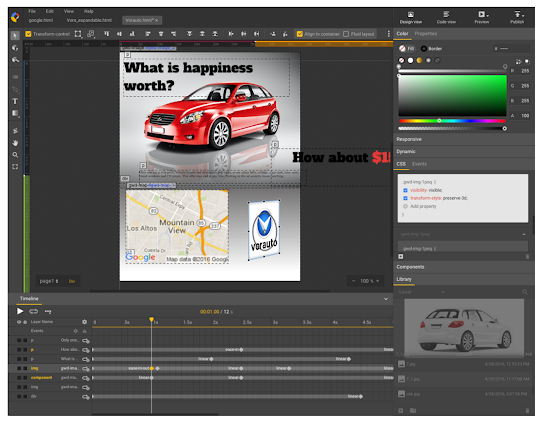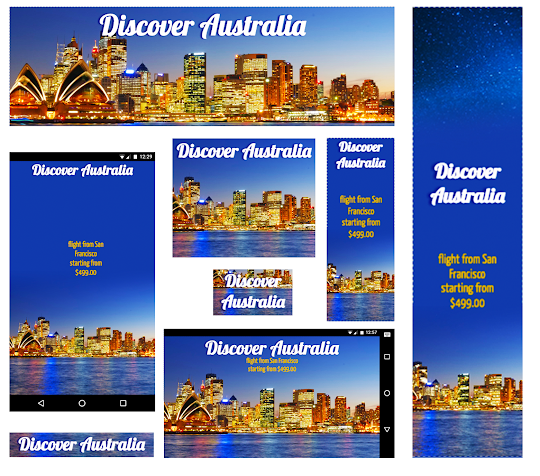Build better experiences across screens
Building better experiences is the subject of the discussion at the annual EMEA DoubleClick Leadership Summit that kicked off yesterday at Google’s European headquarters in Dublin. And key to building a better consumer experience is reaching consumers with more precise and relevant marketing.
Today we’re excited to announce new DoubleClick precision marketing innovations that allow more relevant marketing for consumers, and that allow marketers to reach and measure their audiences across screens, programmatically, in a brand-safe and verifiable way.
Buy app inventory with more control.
Building better experiences means, in part, ensuring that your brand is present where and when you intend it to be. We know brand safety and control are important to advertisers, and we continue to develop tools that both safeguard your brand as well as help you reach the most relevant audiences for your message.
Sensitive category classifiers, now available in DoubleClick Bid Manager, let you specify categories of apps to exclude based on their fit for your brand. And coming soon to both DoubleClick Bid Manager and DoubleClick Campaign Manager, app verification will provide you with greater insight around the apps your ads ran in, so you can understand where and how your brand appeared. (DoubleClick Bid Manager users can learn more about our brand safety capabilities here.)
Understand the impact to your brand across screens.
An important part of building better experiences is understanding when users see your ads, wherever they may be.
Active View measurement is rolling out for apps in DoubleClick Campaign Manager and DoubleClick Bid Manager, so you can understand when consumers see your app ads. Brands like Bank of Montreal have already seen the benefits of using Active View in DoubleClick to measure viewability across the web, and these insights are now available for display and video app inventory.
Lastly, we’re announcing a new JavaScript API in Google Chrome, called Intersection Observer, which provides viewability measurement for your mobile and desktop web placements without the need for Flash. Built directly into the Chrome Browser, Intersection Observer improves viewability coverage for all video and display formats across screens by solving technical challenges associated with mobile viewability measurement. It also provides faster browsing and less battery drain, improving the consumer experience.
These innovations help marketers reach consumers with more precise and relevant marketing, enabling better user experiences across all screens for better results.
Posted by Steve ChangProduct Manager, DoubleClick


































